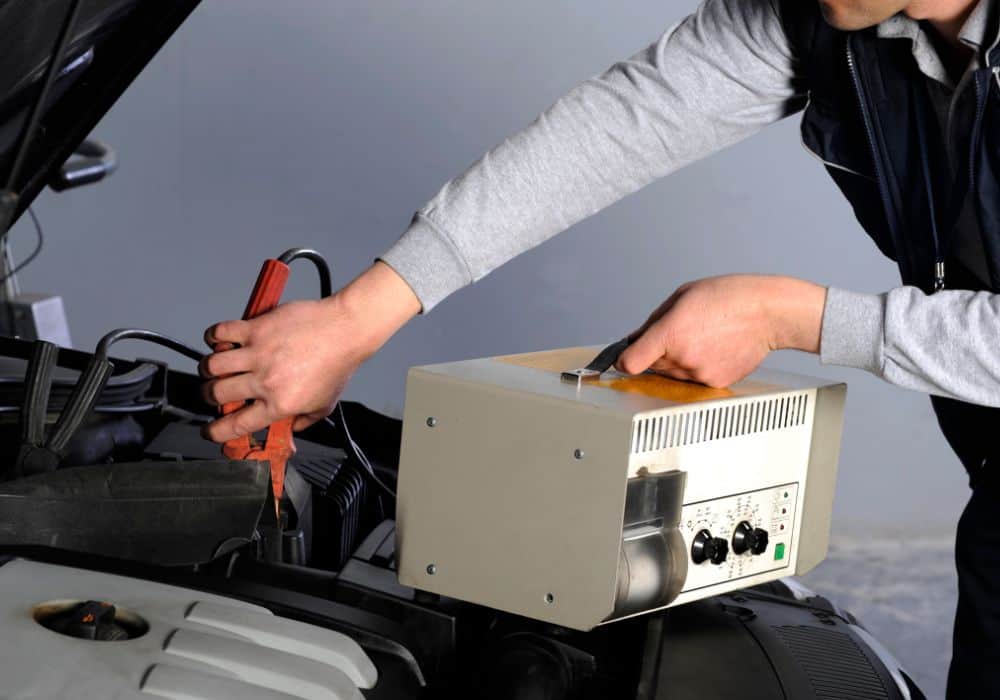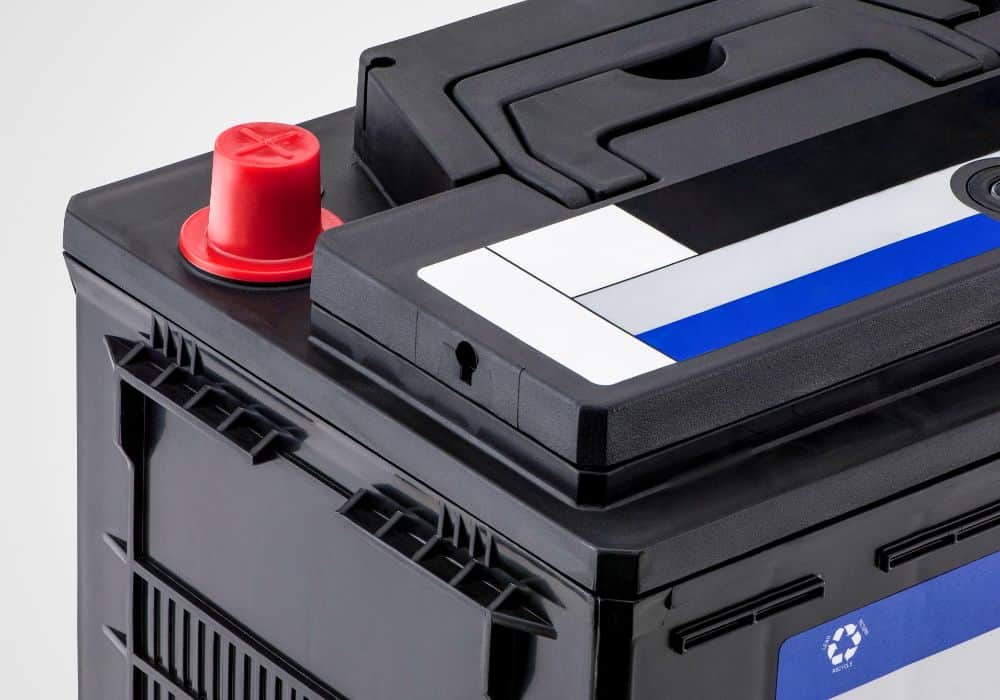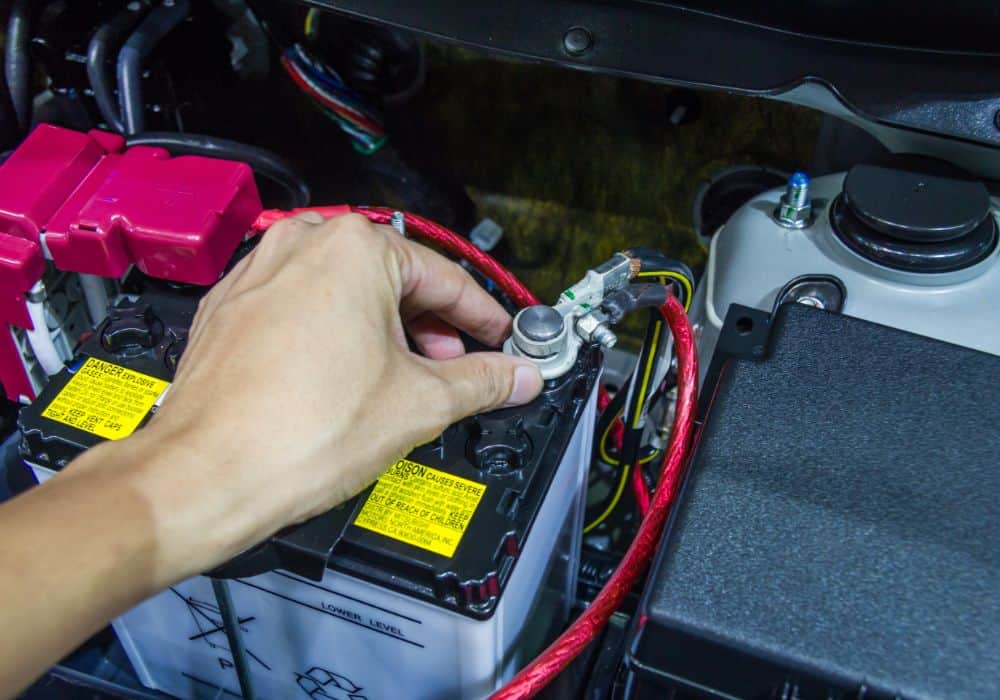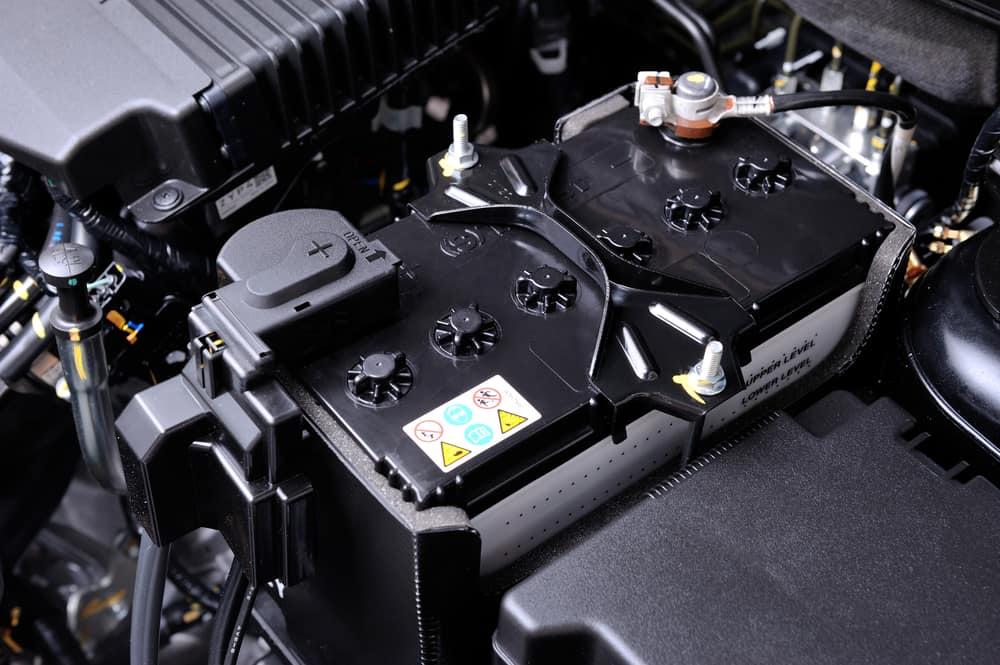During the days of the pandemic, many people lost their car batteries because they did not use them for an extended period while we were all locked up in our houses without being able to go anywhere.
As we use our automobiles less, we may find out that the car’s battery will die as a result.
In this article, we will tell you everything you need to know about your car battery, how long it takes to stop working and what to do to prevent this from happening.
Table of Contents
How long can the car battery sit unused?
It is important that you know that your car can stop working if it is left idle for a long period. Many people are unaware of this and go on a trip or summer vacation and when they return they find the problem that their car does not start.
The car battery is the first thing that stops working when the car is not used for a long time. It is difficult to determine an exact time, but most cars stop working between 20 and 60 days of inactivity.
Have you ever wondered why your car battery wears out if you’re not using it? What can you do to avoid this?
Read patiently, here you will find the solution to all your doubts and also several practical tips to keep your car always in optimal condition.
Why does a car battery discharge?

The battery of a car is charged through chemical processes that occur in the combustion of the engine. This happens every time you start the car.
This process gradually charges the battery, which will subsequently provide power to the engine at the time of starting and to the electrical system of the car.
Because the car is stopped, ignition is therefore impossible. The battery won’t charge as a result, and the automobile won’t start.
Although we have said that a battery takes up to two months to discharge, you should know that there are several factors that contribute to this time being significantly reduced.
The main factors for your battery to discharge earlier than expected are the battery charge level, the type of battery, the age of the battery, and the room temperature where you have the car parked.
1. Battery Charge Level
A fact that few people know is that a battery loses 2% of its charge daily if the generator does not recharge them constantly.
Some cars have a battery charge indicator, but it is rare. Chances are your car is not equipped with one. That is why it is always recommended to have a multimeter on hand.
One thing to keep in mind is that lead-acid batteries need to be charged above 75% of their charge. If they remain discharged below this level, they become sulfated and can freeze. This can permanently damage them and you will have to buy a new car battery.
2. Battery Type

There are two distinct battery kinds. Lead-acid batteries are by far the most popular. They are the most affordable options available, which accounts for their popularity. However, they cannot survive a deep discharge and cannot hold a charge for an extended period.
While absorbed glass fiber (AGM) batteries have the advantage of having a much longer lifespan than lead-acid batteries. Additionally, they have a low self-discharge charge and are made to be more resistant to cold temperatures.
3. The Age of the Battery
All batteries have a lifetime and their deterioration is inevitable. This process can be speeded up if you use your car only for short trips. If you only use your car to go shopping at the store or to visit your friends who live 5 minutes from your house, you are not letting the battery fully charge.
That is why if you do not use your car frequently or only for short-term daily tasks, we recommend that you take it out for a walk on weekends or when you have free time. Take advantage of your car and go to the mountains or the beach for a weekend and by the way, you will be prolonging the useful life of your battery.
4. Optimum Temperature
Your car’s battery will have less voltage capacity the colder the location it is in. This indicates that the battery operates more effectively in warm climates than in cold ones.
If the temperature falls below 0°C., your automobile battery can lose roughly 40% of its strength. And if the temperature falls to -17°C., it loses more than half of its potency.
For this reason, it is advised to park the vehicle in a dry, room-temperature parking lot.
How to keep your car battery longer?

There are some tips that you can follow if you have an unused car battery, or if you are planning to be away for a long time and your car will be out for weeks or months.
1. Start the car on certain days
You must connect the battery to the alternator regularly. Otherwise, the charge level will drop quickly and you will have to buy a new battery sooner than you think.
2. Take a ride in the car
Starting the engine of the vehicle some days of the week is fine, but it is not enough. You must use your car at least once a week. A trip of 40 or 50km is enough.
3. Maintenance charger
Also called a slow charger or battery maintainer. It is a charger that gives energy to your battery sporadically so that it is not damaged.
There are float chargers and automatic chargers. Float chargers are the most common and give your battery a constant voltage with decreasing amperage.
While the automatic chargers monitor your battery and charge it depending on its need. In these chargers the voltage and amperage are variable.
4. Disconnect the battery
If you do not intend to use your car for a long time, it is best to disconnect the battery of your vehicle.
Store it in a suitable place, at room temperature. Keep the battery clean and dry, preventing moisture dust, and mold from entering the battery box.
And finally, remember that after two or three months you will have to recharge it before connecting it to your car.
How to connect the battery to the car after disconnecting it for a long time?
Before you connect your battery to the car again, you need to inspect the battery for fluid leaks or cracks in the case. If you find any signs of physical deterioration it is better not to connect it to the car.
To reconnect your battery and charge it, you will need jumper cables and a donor car with a good battery. You should use 4 to 6 gauge wire. Poor-quality jumper cables do not carry enough current. If they use cables that are not suitable, they may melt.
You must connect the positive and negative terminals correctly. To identify them you just have to make sure that there is a positive (+) and negative (-) sign on the cables.
If your cables do not have any signs, then you can identify them by the color of the cable. The red color is for the positive cable and the black color is for the negative cable.
- Connect the red cable to both batteries. Then connect the negative cable clamp to the negative terminal of the donor car battery.
- The other end of the black or negative cable should be placed on any metal part of the car that needs to recharge the battery. This is called the “ground wire”.
- Once everything is hooked up rev the donor car for a few minutes at 2000 rpm to get some charge into the worn-out battery.
- Once the receiver car powers up, remove the “ground wire” from the receiver’s vehicle and then from the donor car.
- Finally, remove the red cables in no particular order and leave the car running. You need to drive the car a few miles for the battery to recharge.
Conclusion
Now that you know why a battery discharges, you will have a better idea of how to preserve the useful life of your battery and what is the best way to take care of your car.
Remember that if you are going to be away for a long time, it is best to disconnect your battery and store it in a place at room temperature and away from humidity.
But if you’re around on a day-to-day basis and you just don’t use your car too often, it’s a good idea to turn it on a couple of times a week and take it out for a spin, even on weekends.
With you going out to visit a friend and making your car travel about 40 kilometers is enough for the battery to be charged and the lifetime to be maintained.
